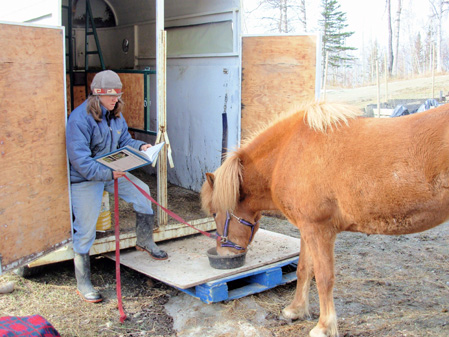
Home > Dispatches > Daily Dispatches 2020 >Daily Dispatch #324
November 25, 2020: You are what you Read
Some say that you are what you eat. This makes sense – you ingest, digest, metabolize, and excrete. It’s as simple as that. You are what you read – this isn’t as simple. It’s impossible to fully know what we internalize. Some of what we read takes the form of short term memory and the rest, long term memory. Print knowledge becomes an internal song and dance, complete with an extended chorus line. I’ve been reading three books near simultaneously: Cynthia Moss’s Elephant Memories, Karen Pryor’s On Behavior, and Ken Ramirez’s Animal Training: Successful Animal Management Through Positive Reinforcement. I usually read just one book at a time, and then, shortly thereafter, pick up another, so this is a |
|
different way of acquiring information, if this is what you want to call it. All three books, particularly the first two, have behavior-related commonalities. I think I am learning a great deal. In my mind, intelligence, at least partially defined, is the ability to internalize information, and after, externalize it. Karen Pryor cited her dolphin related behavioral findings in hopes that those who work with all life forms would externalize her given information. And to this end, most of what she writes is accessible to me. I interact, on a day-to-day basis, with horses, dogs, goats, chickens, and an occasional human. I do not know specifically how I am putting her and other’s ideas to practice. What I am conscious of is very piecemeal. Today is a case in point. I put Shadow’s breakfast kibbles in my treat bag, and before tending to the other animals, I worked with her. I had her get on the table, then get on the porch. There, I used a bridge signal (this took the form of an audible click) and shaped the desired behavior, which was to jump from chair to chair. This, I later told Pete, was successive proximation. I next worked with the horses. I tossed the gas containers with treats in their pen. This kept them momentarily occupied. I walked over to and opened the far gate. They wandered around outside the pen as I cleaned. They meandered up onto the hill behind the hoop house—I held out my hand, said touch, and they all came running. Then came the fun part. I tossed them the gas cans, again to distract them, and then put one target, a yellow bucket lid, on one side of the gate, and another on the far side. Then, I had them, one by one, come to the gate and touch target #1. They got an alfalfa pellet reinforcer. I opened the gate, and each horse walked in and touched the second target, getting a second alfalfa pellet. Each then moved in the direction of the hay, which I’d spread out on the snow moments before. This was a triumph. The best was yet to come. I later resumed working with Raudi on breaking balloons with her hooves. I first had her put one, then the other foot, in the rubber feed bowl. I then had her do the same; this time, stomping on the now very familiar gasoline cans. I next worked with her on breaking one balloon. I called it good after she broke just one. I gave her a long break, and later took her up to the Playground of Higher Learning. I chunked things down overall by doing the One Star course with her. This was way easier, and I again gave her the stomp cue – this time I first put the gas can in with the balloons. Pop. She got it. Her workday, with the exception of a walk, was over. Mine too. If I thought hard about it, I could relate what I learned to what I did. But I couldn’t do this at the time. I suspect that in time, I’ll get a better grasp on positive reinforcement theory. Next: 325. 11/26/20: Thanksgiving 2020/The White Highway Revisited |
|
